
The last of the herds of the Great Migration are moving south towards Tanzania signalling the end of migration season. There are still large numbers of wildebeest located near the border on the Kenyan side thanks to recent rains which have brought plenty of water and freshly formed ponds that attract life from far and wide. The rain clears the air of any dust and the iconic acacia and desert date trees are highlighted by rays of light in front of dramatic clouds.
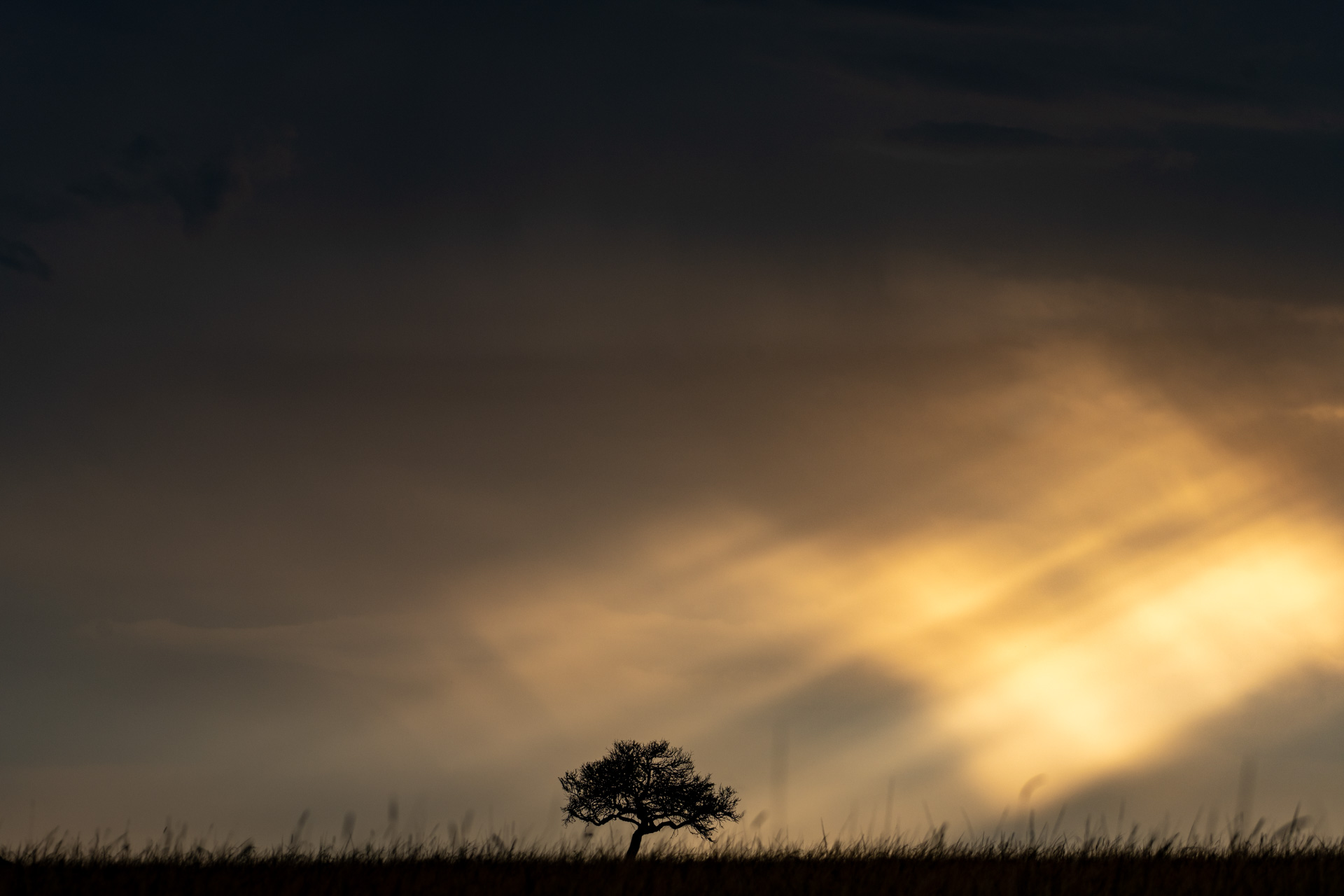
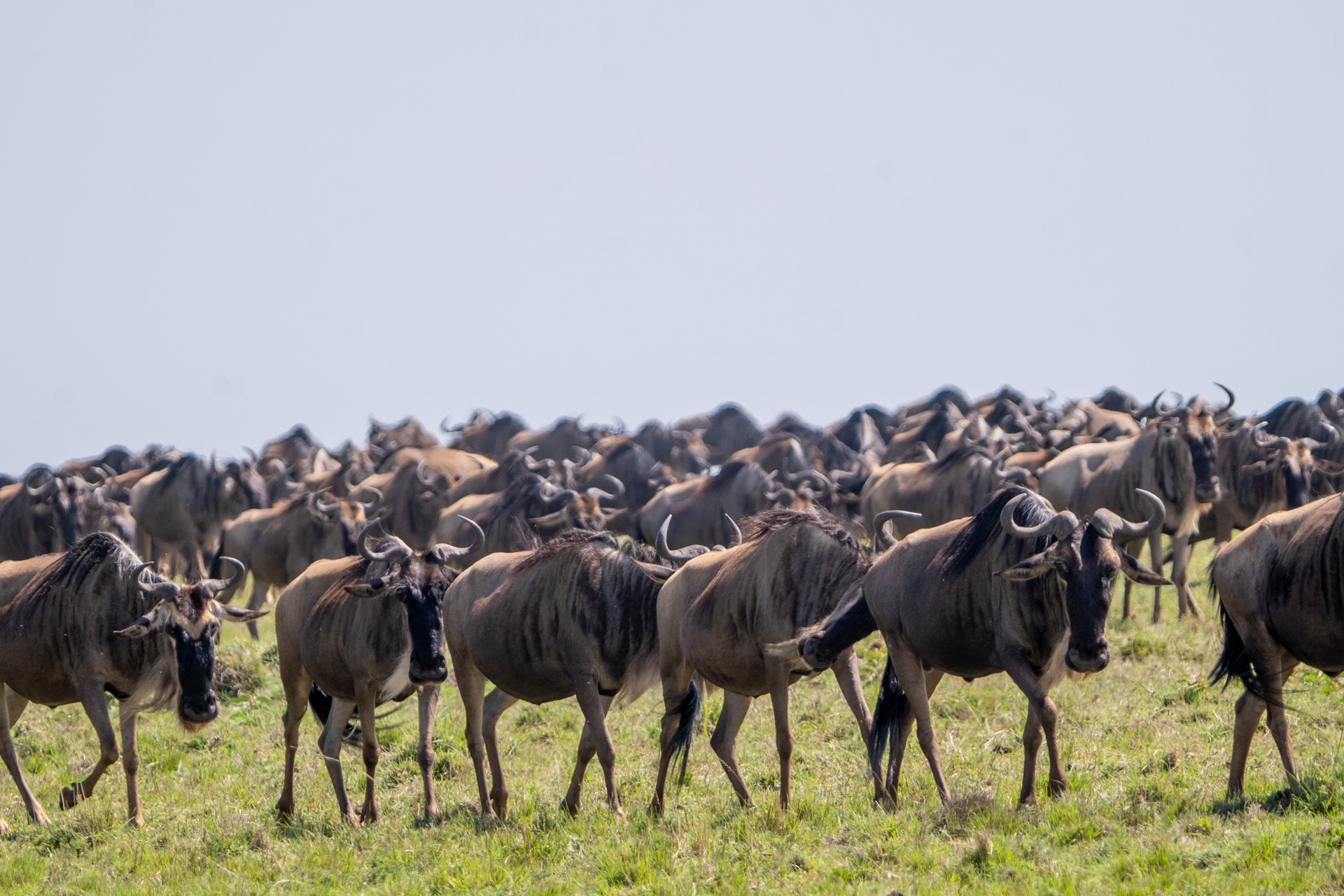
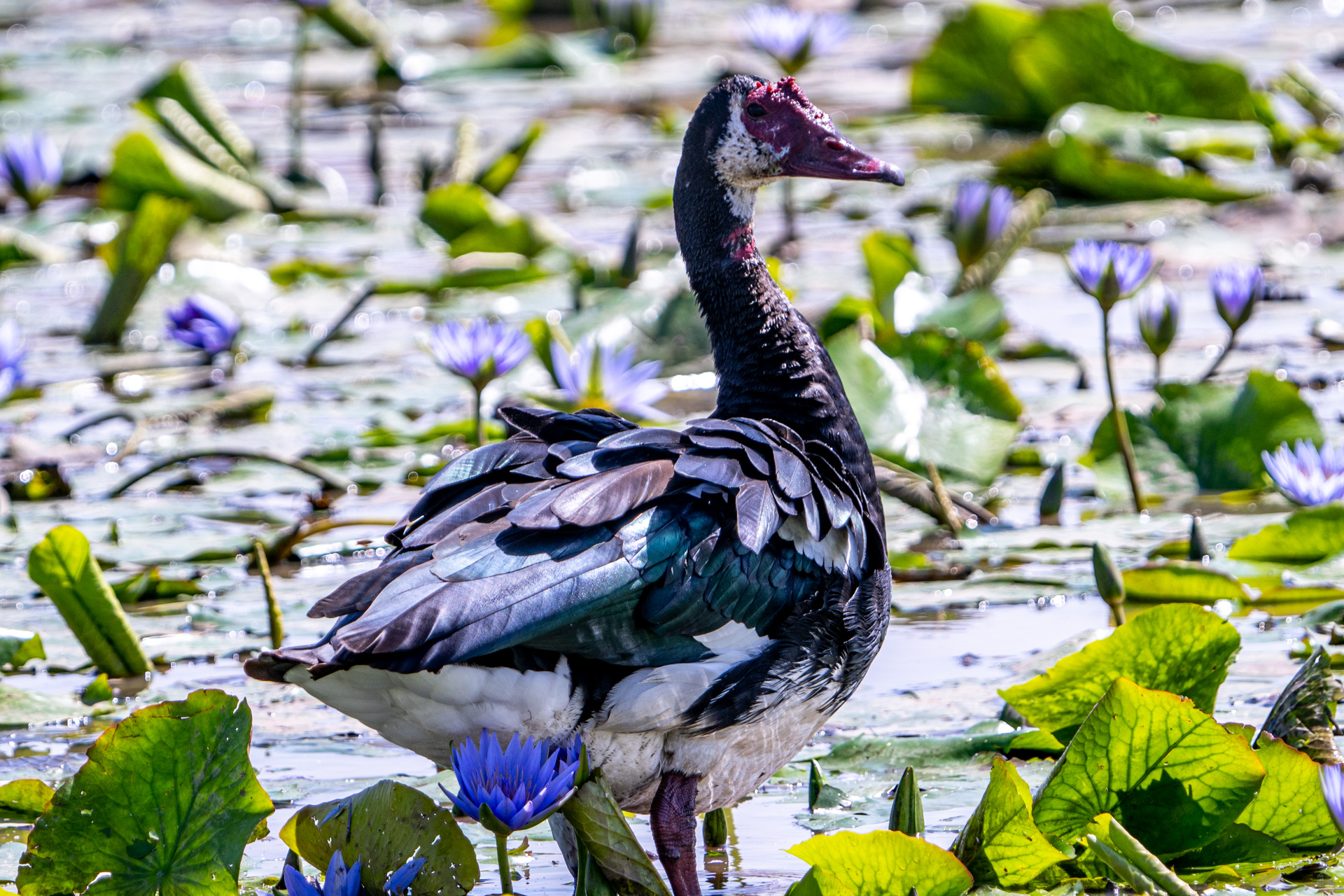
It is always interesting to see a giraffe drink water because they only do so once every several days. While they are able to maintain most of the moisture they need from their leafy diets when a giraffe drinks their elastic jugular veins have large one-way valves that prevent blood from flowing back into their head when it is lowered. In order to get water, a giraffe must bend its knees, splay its forelegs and bend its neck all at once. Then, as it quickly rises, sprays water in the air.
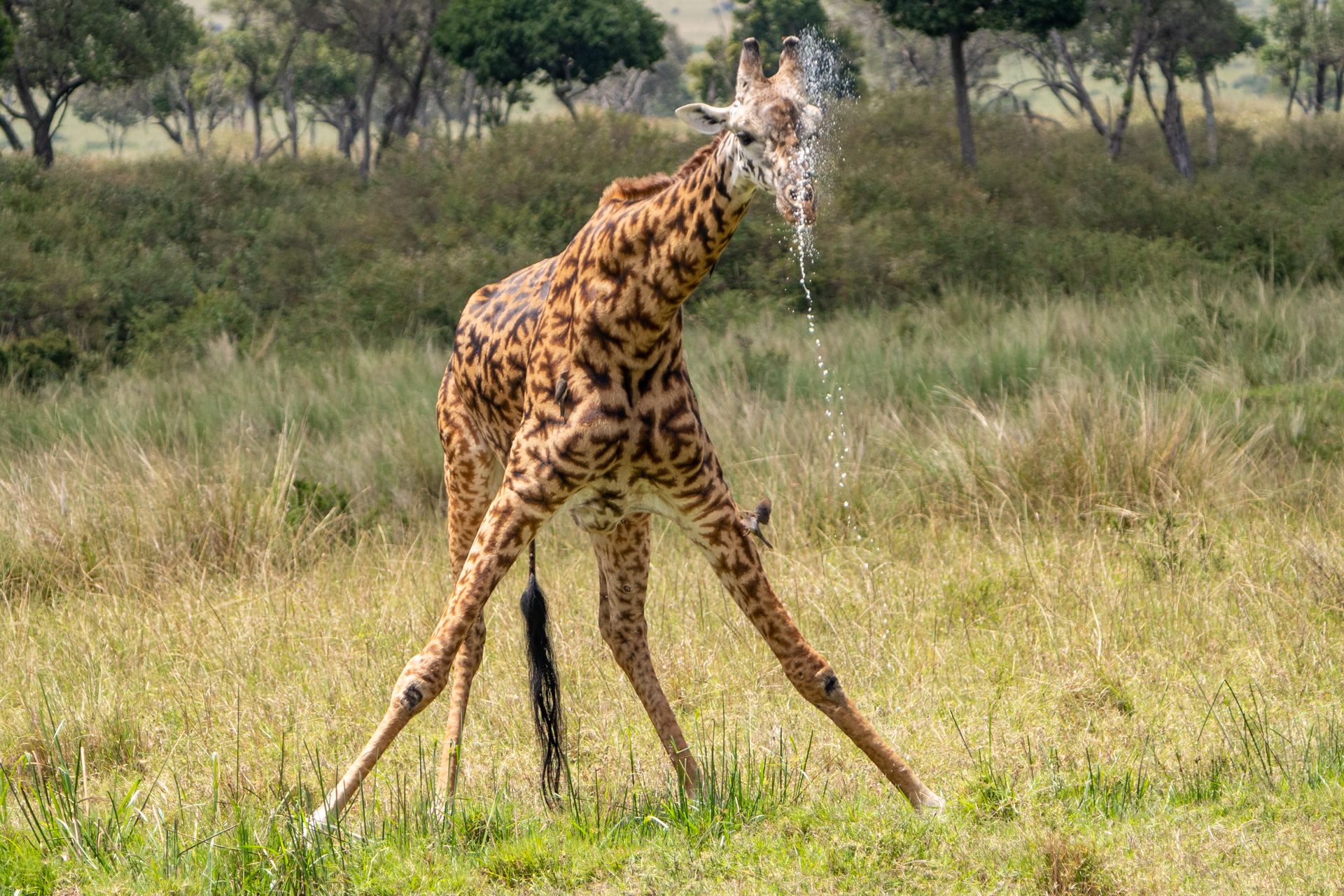

There are only approximately fourteen rhinos in the Mara Triangle. They like to hide in dense and bushy areas but we occasionally see them walking from one forest to another. Unfortunately, due to heavy poaching, their numbers have decreased drastically over the years. They are now heavily protected and are being constantly monitored. We were lucky this week to have two separate sightings with a female rhino and two of her calves. The older calf is often seen on its own as black rhinos are solitary after they have outgrown mom's care. But on occasion, the whole family is seen together walking through the plains. This is the first time I have seen all three of them together.

We came across the Egyptian Pride this week in their usual territory. They were by the main road and had killed a wildebeest the night before. There were only two females, one sub-adult male and one younger male present but we know that the pride consists of many more. As the sub-adult ate, we watched as a steady stream of vultures and Marabou landed land near the carcass. It was very hot and you could tell the lion was full and tired — he literally lay on top of the carcass and panted for some time. The scavengers inched closer and closer and finally overwhelmed the young lion, taking over the kill.

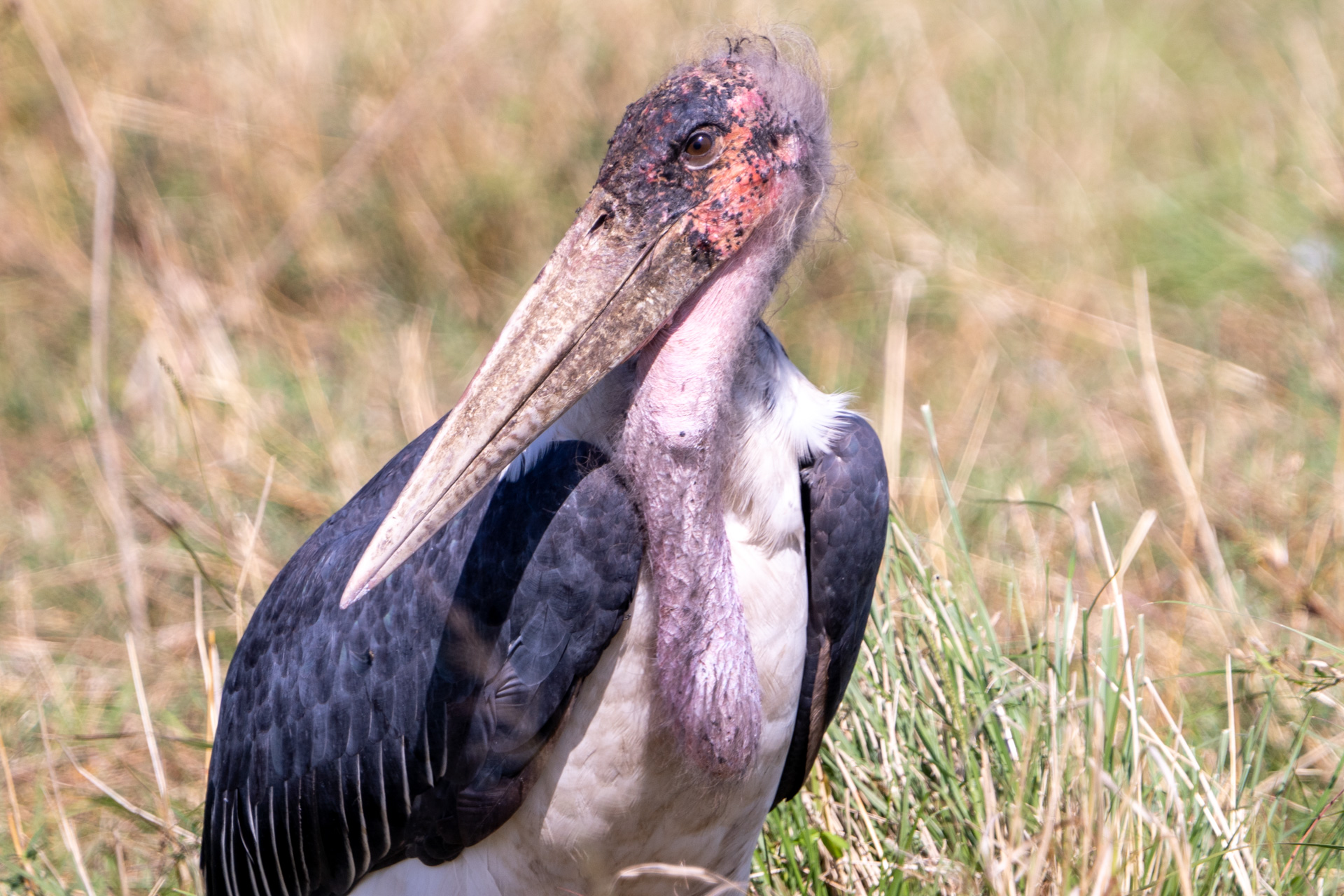
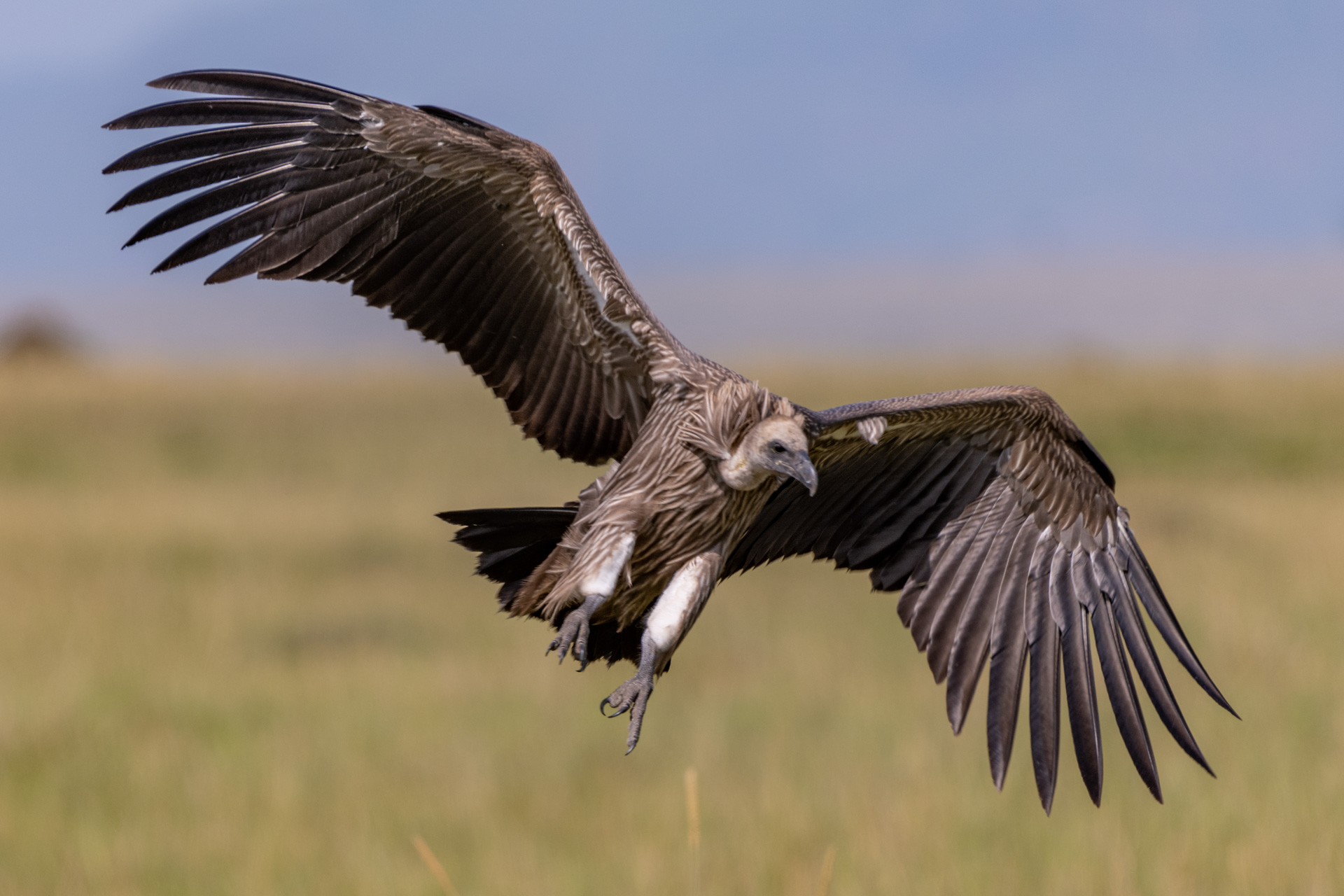
We continue to have great sightings of Nadallah, who is quickly making her mark as one of the Mara's favourite characters. She was spotted with a reedbuck up a tree and she spent nearly three days in the area, eating and protecting her kill.
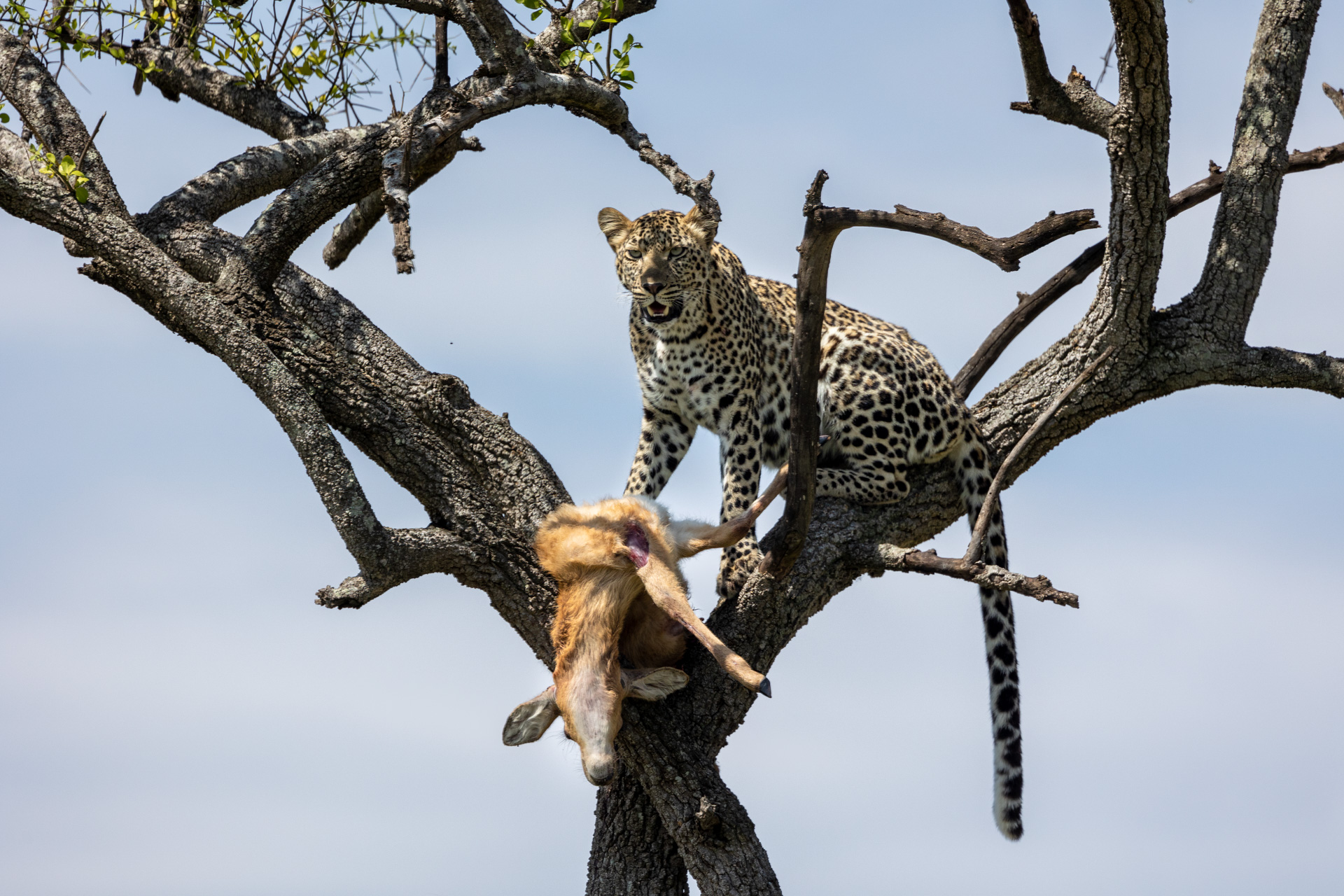
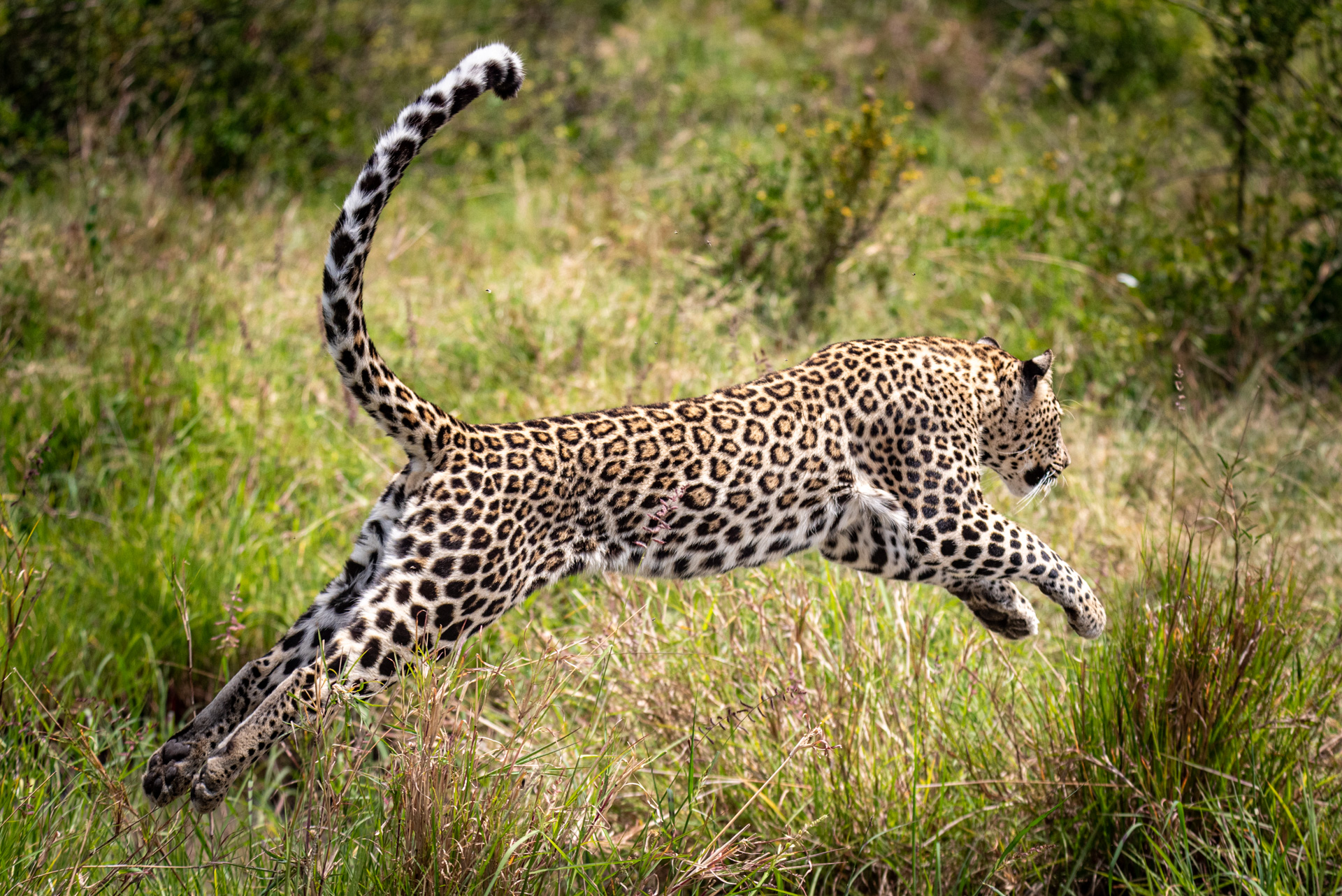
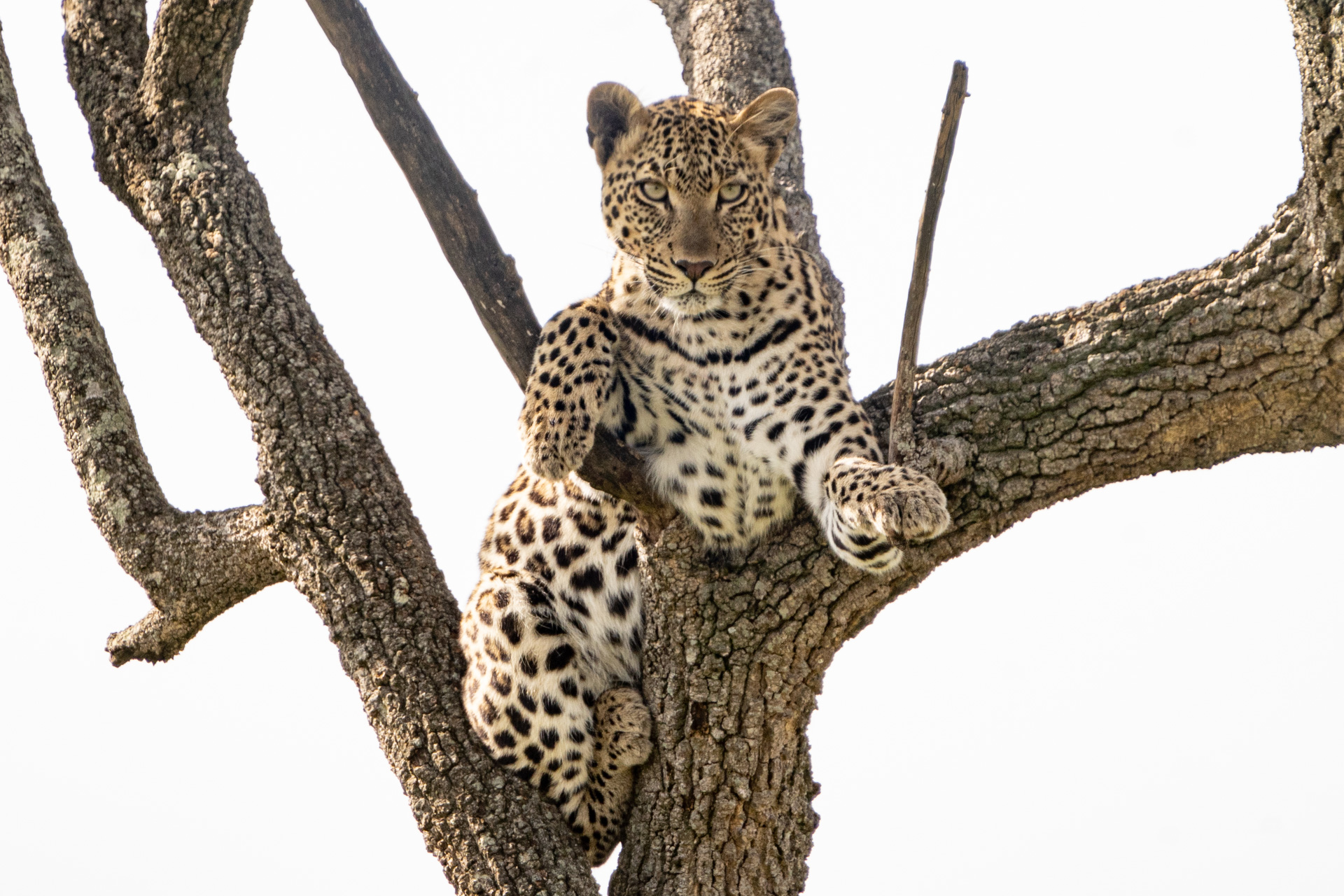
Another favourite is Risasi and her cubs. We saw the family snuggled together; a mother and her three shadows. As previously mentioned, we have been keeping a safe distance from Risasi but with binoculars, we were able to watch her catch a Thomson gazelle for her cubs this week. Consistent with her hunts, her cubs are quickly growing which is a relief to all of us who have come to know and care for them.

As the sun came up one morning, we were able to spot some of the Bila Shaka boys lying not too far from the escarpment. They were not very active but we were able to capture some quiet photos of them as they basked in the morning sun. The first male was Koshoke which means, 'one with a big belly'. Next to him was Kibogoyo and upon further inspection of the photos, we were able to see that he is starting to develop a clouding in his left eye. It is hard to say if this is due to ageing or as a result of his heterochromia (differently coloured eyes) which we have been keeping tabs on for a long time.
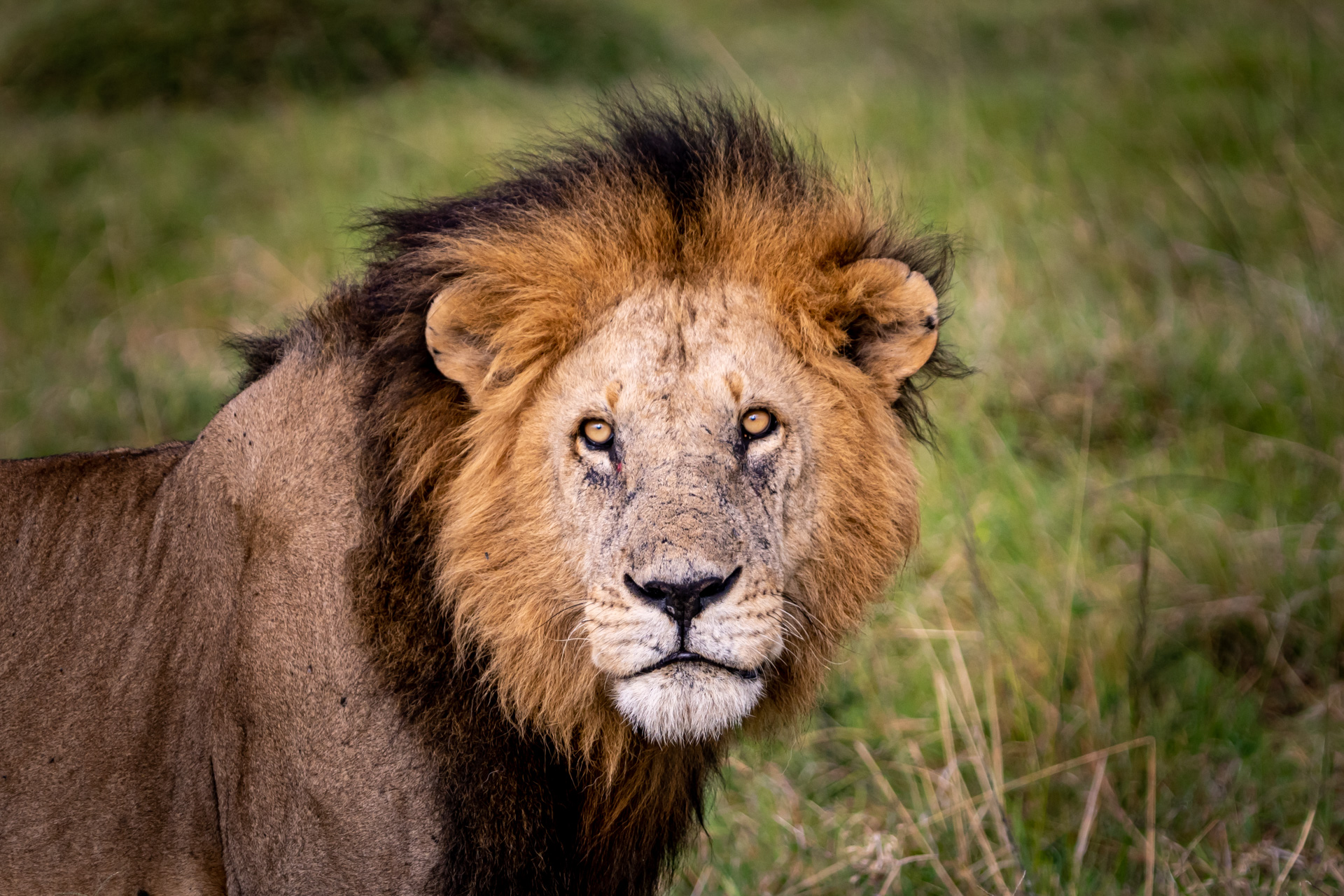

Shujaa (featured at top) has a presence that must be witnessed. We pulled up to a tree where he had been spotted and at first, we could only see his paw. Immediately, it was evident how massive he is. This was the first time that I had seen him. We waited and waited and then we finally saw him begin to move. He slowly lowered his head and there he was. Of all the cats, leopards have the most piercing eyes. A few fleeting moments later he disappeared into the thicket of the tree. I'm eagerly awaiting more sightings of this awesome creature.
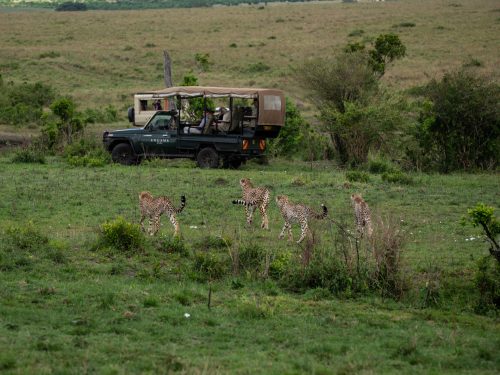
A year ago, Robert ventured into the Greater Maasai Mara where he came across another cheetah super-mom. This time it was Neema and her three nearly fully-grown cubs.
Filed under: This Week at Angama
Subscribe for Weekly Stories
Comments (2):
23 January 2023
Please inform me of your type of accommodations and rates. Thank you, Margaret

The Angama Shamba